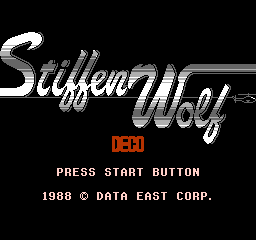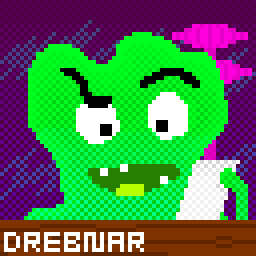For some reason there’s been a lot of Youtube videos lately that fit our eclectic purview, so here’s a code-heavy dive into infamous NES disasterpiece Dr. Jekyll and Mr. Hyde.
It’s 19 minutes long, and is even geekier than is usual for us, going into a disassembly of the game’s machine code in its quest to make the game marginally less awful.
As long as we’re on the topic, here’s Jeremy Parish’s NES Works episode on Dr. J & Hyde, which is also 19 minutes, and also covers the somewhat better (but not hugely so) game Amagon:
While we’re on the subject, did you know that Jekyll & Hyde has a secret ending? Both endings are shown here (4 minutes):
The “bad” ending is the normal one, and shorter, but is arguably a happier conclusion to the story. To get it, all you have to do is get to the end of Stage 6 with Jekyll. That’s all.
To get the other ending, get to Stage 6 with Jekyll, then turn into Hyde and get to the end of his version of the stage. Usually, if Hyde gets as far into his level as Jekyll has gotten into his, he’s struck by lightning and dies. But in this level he’ll be allowed to reach the end of his version of the level for some reason, where there’s a boss! Beat it, and when you return to Jekyll’s world the enemies will be gone, and he’ll be free to finish the level without harassment. However, ending events will be different….


